Paul Mahoney
How a little-known vehicle adaptation helped Paul Mahoney turn his travel dream into reality…
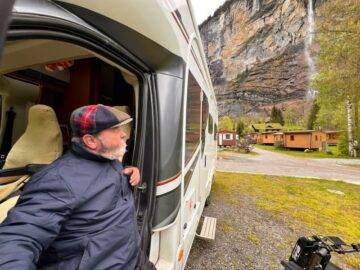
Go back to 2018 and if you had asked Paul Mahoney what his plans for retirement were, he most likely wouldn’t have been able to answer you.
Since birth, Paul has suffered from the genetic disease, Haemophilia – a rare disorder in which the blood doesn’t clot in the typical way because it doesn’t have enough blood-clotting proteins (clotting factors). One knock or bang or cut and he’d bleed relentlessly.
For a long time, he has struggled to find treatment due to inhibitors, with his body treating anything he tried as a foreign agent. It meant planning to do anything, from a UK trip to a holiday abroad, nearly impossible to arrange.
“We could never plan anything,” Paul said. “A bleed can happen at any point in time, literally from a small knock to almost no knock at all, which meant we could never plan. Nothing could be looked at ahead of time. You didn’t know, if you planned a holiday in six months, whether you’d even be fit enough to walk out the door.”
This was until he started with a treatment called HEMLIBRA, a prescription medicine used for routine prophylaxis to prevent or reduce the frequency of bleeding episodes. Paul was involved in the late trial stages in February 2018 – a trial that worked so well that it was opened up on a wide scale. It worked miracles and was a “life-changing” drug that quite literally opened up a world of possibilities for Paul.
At the time of this interview, Paul is 59 years old, coming up to 60. He lives near St Austell, Cornwall, with his wife and has retired after a career as a web designer that goes back almost 40 years. Now he’s looking to make up for all those years of not being able to plan anything by planning as much as possible.
He didn’t want to just travel across the UK but across Europe. He went all in and arranged a five-week road trip that started in Cornwall and would take him and his wife across France, Germany, Austria, Switzerland, Liechtenstein, Belgium and Luxembourg.
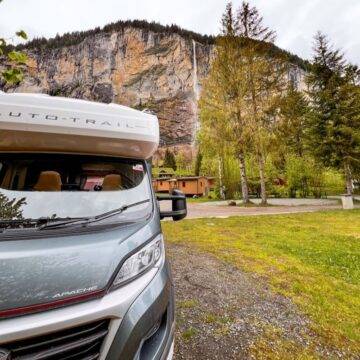
Now he just needed the means to make it happen. That led him to try to find an RV. However, what he needed was very specific.
As most do, Paul passed his driving test when he was 17, doing so in an automatic vehicle. It was a requirement due to the byproduct of his haemophilia being that he now suffers from severe arthritis in his joints.
Paul said: “The arthritis, in its own way, is not painful at the moment. But because of the prolonged bleeds, it has meant my joints are limited in what they can do. I can’t straighten my elbows. One of my knees is fused straight, the other knee has very limited movement.
“Because of that. It makes sense to be in a wheelchair. It’s a lot easier to move around and to move around with confidence and a speed that. If I was on sticks or trying to walk normally, it would mean I’d have to watch the ground, to make sure I knew what I was doing and everything would be a lot slower.”
Paul’s search for a suitable RV took him to the Motorhome and Caravan Show at the NEC in Birmingham.
“RVs, bizarrely, haven’t changed, neither have caravans. The concept, itself, has remained the same since they were invented. They are, in their layout and style, very archaic. It’s a box on wheels but the biggest issue is that they are limited in space.
“When you’re inside, everything is a very small space to turn around and move. And on sticks, there’s no way I was ever going to get a chair in. Although there are accessible RVs, they are very specialised and not very accommodating for what we were looking for. So it was a case of looking for the best inside of the vans to suit what we wanted.”
The other challenge is getting into the driver or passenger side of an RV, and finding an adaptation that would help him climb the three feet into the vehicle.
With a limited presence of disability organisations and support from RV sellers, Paul turned to casting his net wide on Google to find a solution. And after trying several different searches to try and find a solution, he landed on Mobility in Motion by accident. The solution he found through talking to Jonathan of MiM was very different to what he had initially expected.
With his RV purchased, he visited Mobility in Motion’s factory in Alfreton where they fitted the electric transfer plate. It meant he could sit on the plate before being lifted up to the height of the passenger seat to simply slide in.
“It’s absolutely superb,” Paul said. “It was a huge weight off our shoulders and made accessing and getting out of the vehicle so easy.”
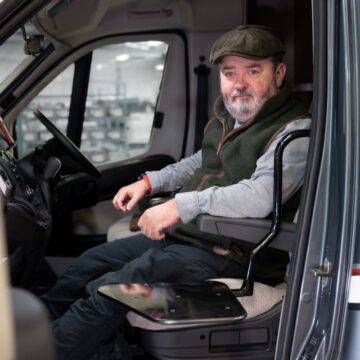
Since having his transfer plate installed, Paul and his wife have completed their first trip and have already started planning on where they’re going to go next.
“We’re looking at travelling to the Dordogne later this year. We’re also thinking about a few little UK-based trips. The next big trip, though, is likely to be into Scandinavia. So Finland, Sweden, Norway in the summer and then come back. That will probably be around two months or so, maybe more.”
Paul’s story is not an unfamiliar one. The driving adaptations industry has, historically, struggled for awareness for its life-changing range of products but that’s something that Mobility in Motion has an unwavering dedication to change as part of our goal to change lives. Transfer plates are just one of so many solutions available to empower independence.
Paul said: “There is a significant lack of knowledge about the available solutions, particularly among manufacturers and sellers of vans. This lack of awareness needs to be addressed. Many people, especially those nearing retirement age, are looking for ways to travel comfortably and may require additional assistance. In my village alone, several residents with varying abilities have purchased vans. As they age, their needs will change, and it’s essential to consider how to help them continue travelling safely and comfortably.”
Get in touch with us to experience the transformative power of vehicle adaptations.
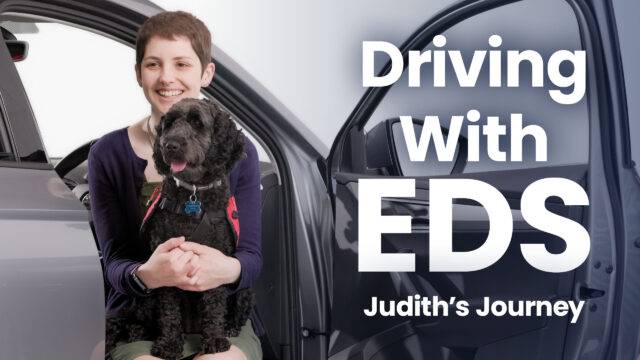
Judith King
“I love driving. It’s so freeing, but I kind of knew it in the back of my head, subconsciously, that…
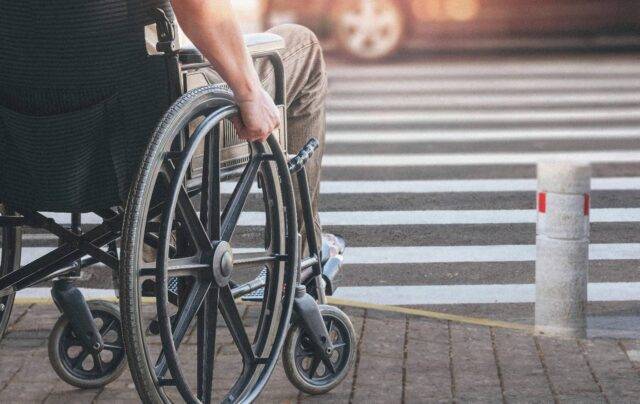
Mr Rozanski and his son
“We’ve been visiting Alex’s grandparents in Poland over the summer holidays, which is the main reason for getting the Milford…
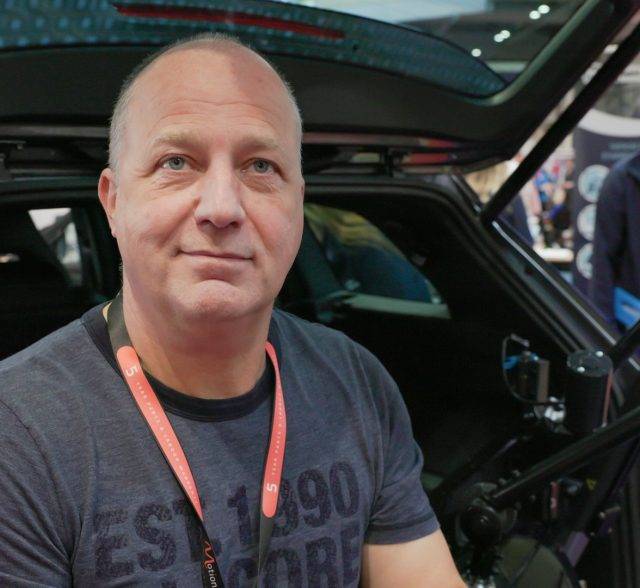
Dave Phillips
“I’ve adapted my vehicle with this hoist which enables me to get around and just have a normal life. I…